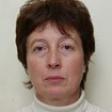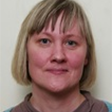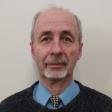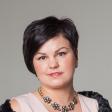Joint Laboratory of Electron Microscopy
Laboratory of Electron Microscopy section on RSU Research Portal
In 2002, a Joint Laboratory of Electron Microscopy of RSU AAI was established on the basis of the Laboratory of Electron Microscopy of the Latvian Academy of Medicine in the Latvian Centre of Infectious Diseases. In 2007, after the premises and infrastructure were renovated, as well as two JEOL electron microscopes, JEM-1011 and JSM-6490LV, were purchased, the laboratory resumed its operations at Kronvalda bulvāris 9, in the premises of Theatrum Anatomicum. Before 2004 the laboratory was led by Dr. Med. V. Zalcmane, and since 2004 it has been headed by Habilitated Doctor of Medicine, Associate Professor V. Groma.
The laboratory performs scientific research in the field of morphology, teaches foundations of electron microscopy to the residents and doctoral students, advises doctoral students, organises work on doctoral theses or parts thereof, ensures demonstrations as a part of the study programme in cell biology.
Main fields of operation of the laboratory: participation in the implementation of international and national scientific research projects and the national research programme; preparation of methodical training materials for the study process in RSU and participation in this process, support to research of doctoral students, residents and students, participation in differential diagnostics of individual diseases in cooperation with interested structural units of RSU, development and approbation of new methods of electron microscopy; training of qualified staff of the laboratory of electron microscopy, creative cooperation with education and science institutions in Latvia and abroad, as well as popularisation of results in the society through participation in the Medbaltica exhibition, the Museum Night, the Researchers’ Night, the Project Week, school projects and other activities.
The methods of electron microscopy, which are used in the AAI Joint Laboratory of Electron Microscopy, provide visual information about ultrastructure of various tissue cells and its changes in case of diseases, studying the morphology of ultrastructure of materials in organic or inorganic substances. For years, the laboratory has been documenting and safekeeping the materials analysed in the electron microscope, in individual cases using morphometry to perform a quantitative evaluation of ultrastructural changes. In the elements, which are heavier than oxygen, laboratory staff also studied composition of the materials using an X-ray emissions analysis equipment.
As services become gradually commercialised, the laboratory may offer the following services: primary treatment of tissues and pouring into an epoxy resin mixture, cutting of samples, preparation for analysis and tissue analysis in an electron microscope (transmission and scanning), analysis of X-ray energy.
In total, two monographs were written in the laboratory in 2002–2016: Ultrastructure of Cell (2004) and Cell: Structure, Functions, Molecular Foundations (2012). 10 research projects were implemented, and two doctoral students defended their papers in the laboratory, of whom Dr. Med. S. Skuja continues to work in the AAI Department of Morphology and in the laboratory as the principal investigator.
Employees
Joint Laboratory of Electron Microscopy
Related news
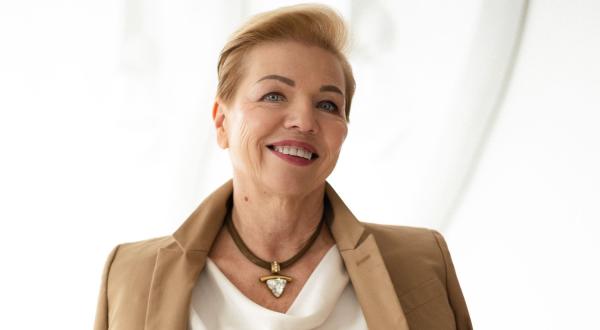 When learning turns into collaboration: birthday conversation with Prof. Tatjana KoķeAnniversaries, RSU History
When learning turns into collaboration: birthday conversation with Prof. Tatjana KoķeAnniversaries, RSU History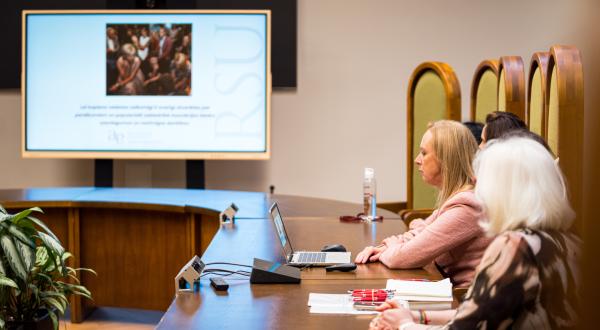 Towards a stronger alumni community: RSU Alumni Association strategy for the next five yearsRSU Alumni
Towards a stronger alumni community: RSU Alumni Association strategy for the next five yearsRSU Alumni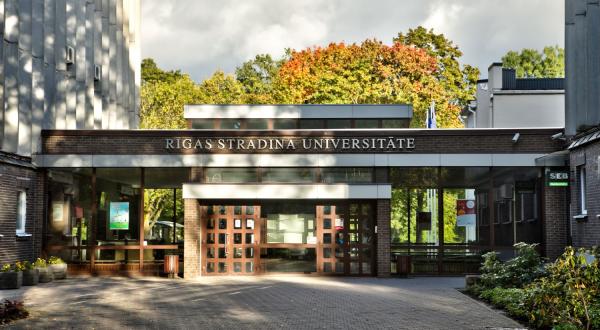 RSU as safe place and study opportunity for Ukrainian students For Students, Support for Ukraine, For RSU Employees, RSU Alumni
RSU as safe place and study opportunity for Ukrainian students For Students, Support for Ukraine, For RSU Employees, RSU Alumni Join the RSU Alumni platform!RSU Alumni
Join the RSU Alumni platform!RSU Alumni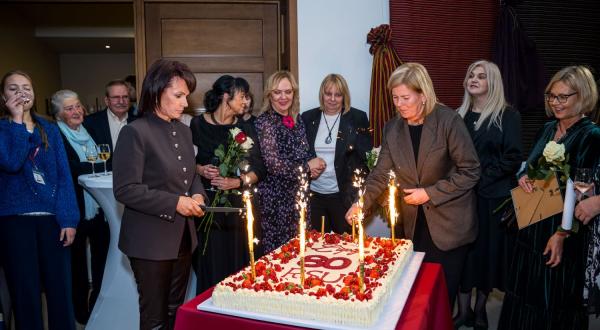 RSU Liepāja Branch celebrates 80th anniversaryFor Students, For RSU Employees, Anniversaries, Liepājas filiāle
RSU Liepāja Branch celebrates 80th anniversaryFor Students, For RSU Employees, Anniversaries, Liepājas filiāle